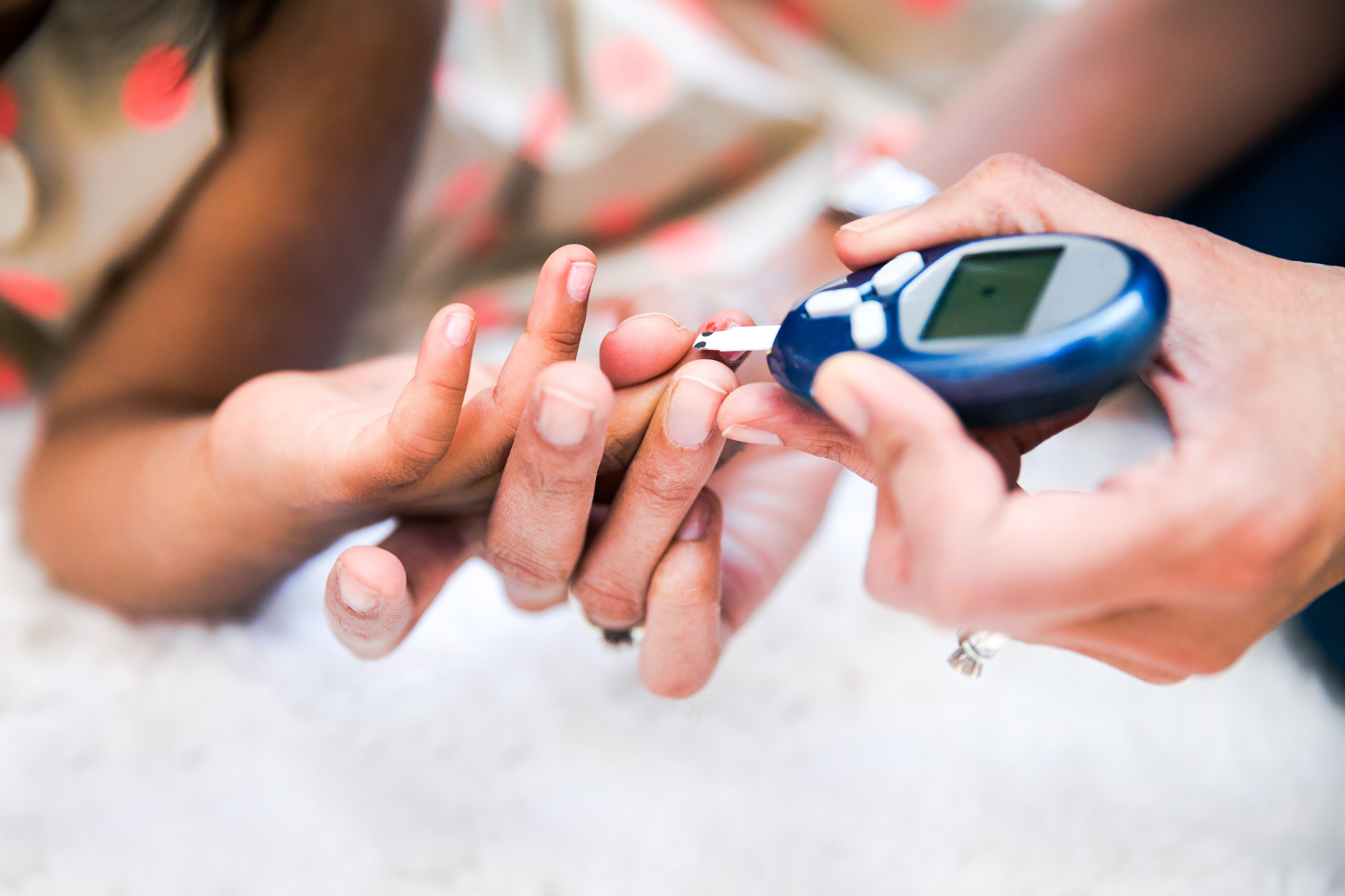Although there is no cure for diabetes, the condition can be effectively managed. You are not alone in managing your child’s diabetes. From the time of first diagnosis, you will work closely with a diabetes care team that includes a nurse, physician, dietician, social worker and other health-care professionals as needed.
The first step is to learn the skills needed to take care of diabetes: how to administer insulin, how to measure blood sugar levels accurately, and how to begin to plan meals and snacks. Older children will be part of this education program. For younger children, age-appropriate teaching will need to occur at a separate time. School-aged or older siblings and others closely involved in the day-to-day care of the child (such as babysitters or grandparents) are encouraged to be involved in this program.
Knowledge is the basis of managing diabetes. Learn as much as you can about diabetes and how to manage it. This will help you feel more secure and reduce your fears and concerns. If extra support is needed at the beginning, your diabetes team may arrange for home care to help you with injections and monitoring.
Balancing blood sugar levels and insulin
There are two goals of treatment for diabetes:
- Establish and keep up blood sugar levels that are close to being in target as possible so your child can stay healthy and avoid future complications.
- Help your child adjust well to living with diabetes.
Around the world, the basic treatment of type 1 diabetes is the same. It consists of:
- taking insulin injections several times a day or using a pump to deliver a steady amount of insulin with extra doses at mealtimes
- monitoring blood sugar levels several times a day to make sure they are within a normal range
- following a meal plan and monitoring intake of carbohydrates (which are broken down into sugar).
Within this basic framework, different health-care teams will work with your family to develop a plan that fits in with your child’s specific needs and your family’s routines at home. You will be asked to bring your child in to the clinic for regular check-ups every three months. During these clinic visits, you can discuss any concerns you have with the diabetes care team. It is important to remember that as your child grows and develops, diabetes routines will also change. Diabetes education is an ongoing process for you and your child.
Insulin
Your child with type 1 diabetes will require insulin injections. Your diabetes care team will help you and your child learn how to administer insulin, including calculating the correct dose and checking blood sugar levels.
Insulin comes in vials, prefilled disposable dosing devices and cartridges, and can be administered with syringes, pens, or pumps.
Food and diet
Healthy eating is important for all children for normal growth and development, and a child with diabetes is no exception. Along with blood sugar checking and insulin injections, healthy eating plays a major role in diabetes care. Regular mealtimes and snack times and consistent amounts of food are key parts of the plan. This routine can be individualized to your needs and your insulin routine with help from your dietitian.
Flexibility with the amounts of food and number of snacks in a day can be incorporated, dependent on your child’s insulin therapy. The registered dietitian is experienced in nutrition planning for children and adolescents. They are a key member of your diabetes team. Food diaries are important in helping the dietitian determine what your child eats and fitting the dietary management into your daily routine.
Physical exercise
Physical activity is a vital part of diabetes management. Regular physical activity can help control blood sugar level and keeps the body healthy.
Exercise is perfectly safe for patients with diabetes. Because physical activity affects blood sugar levels (more sugar is used for energy), extra blood sugar checks and sometimes extra carbohydrates and food are required. Having diabetes does not and should not limit a child’s participation in active play and sports.
Minimize screen time
A healthy lifestyle requires minimizing recreational screen time and sedentary time.
Sedentary behaviour is defined as little physical movement and low energy expenditure through activities such as watching television, playing video games and sitting for long periods of time.
Recreational screen time is defined as watching television, playing video games and using the computer or mobile devices, not during school hours, while being sedentary. Please check the Canadian Physical Activity Guidelines for the age appropriate recommendations.
